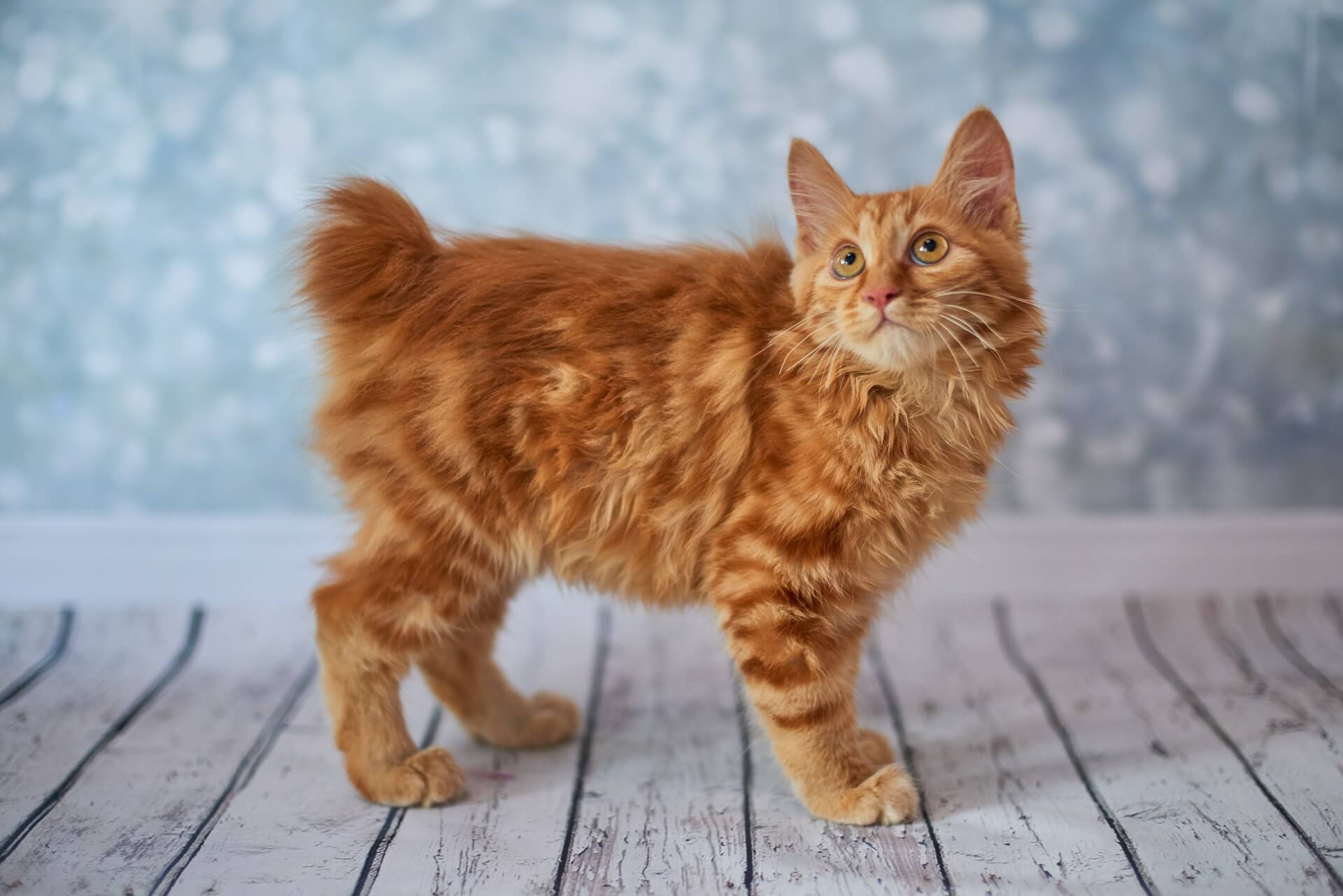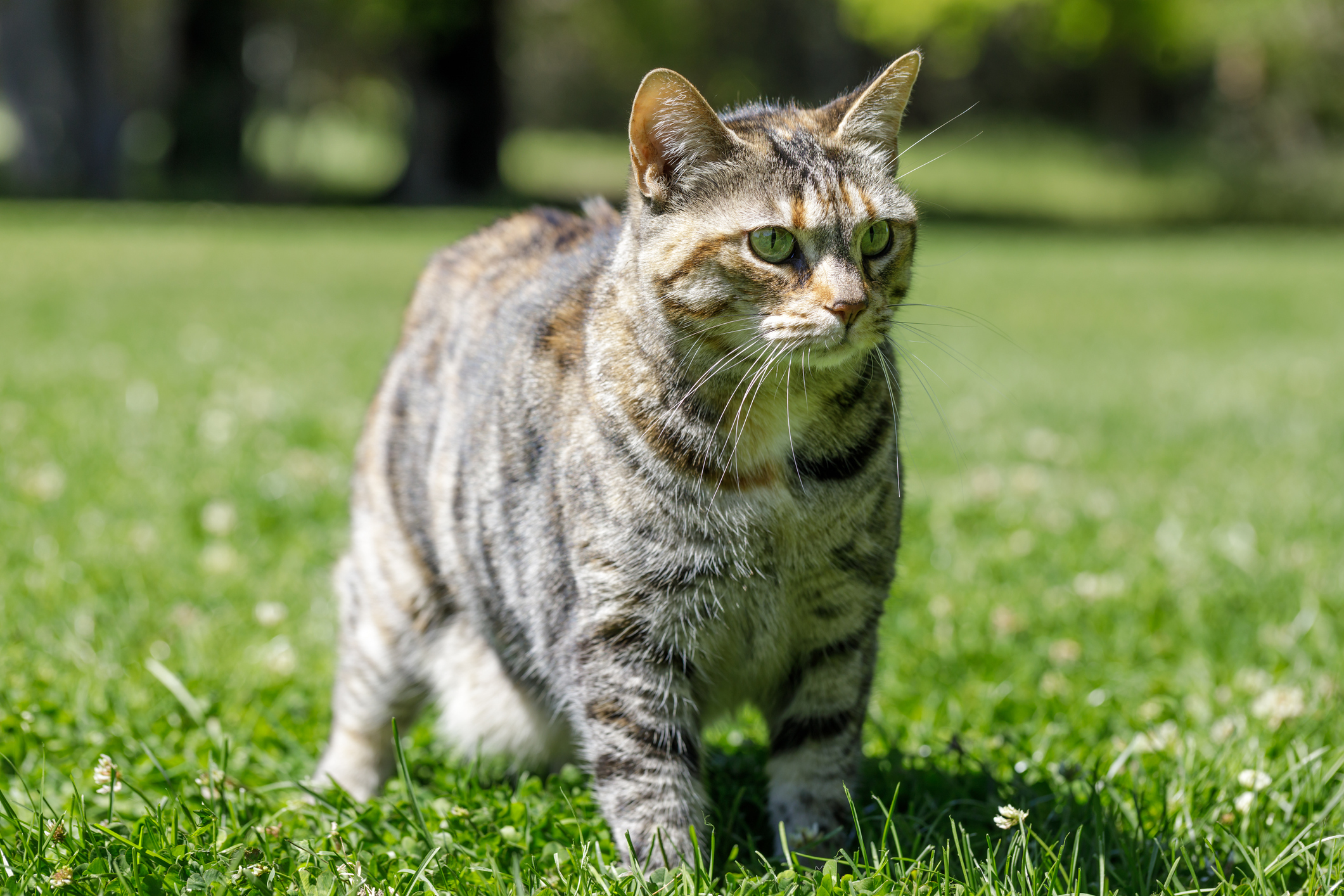American Bobtail Cats: Masters of Feline Communication with Humans
American Bobtail cats, characterized by their distinctive short tails, have fascinated feline enthusiasts for decades. Beyond their captivating physical attributes, these animals possess a remarkable ability to communicate with humans. Their nuanced vocalizations, expressive body language, and social behaviors provide a captivating glimpse into the communicative complexities of this captivating breed.
American Bobtail cats employ a sophisticated repertoire of techniques to convey a wide range of emotions, intentions, and needs to their human companions, demonstrating a remarkable capacity for interspecies communication.
Vocal Communication: A Symphony of Meows and Chirps
Bobtail cats possess a diverse vocal repertoire, ranging from soft purring and chirping to piercing meows. Each vocalization serves a distinct communicative purpose. Soft purring, often associated with contentment and affection, is frequently employed to express a desire for attention or a sense of well-being. Chirping, a high-pitched, repetitive sound, is commonly used to initiate or maintain social interactions, particularly between kittens and their mothers.
More assertive vocalizations, such as meowing, are typically triggered by specific needs or desires. Bobtails meow to communicate hunger, thirst, or a need for companionship. They may also meow to express discomfort, illness, or distress. By deciphering the context and frequency of their meows, humans can effectively interpret the cat's intentions and respond accordingly.
Expressive Body Language: A Dance of Gestures
American Bobtails convey a wealth of information through their body language. Tail position is particularly revealing. A raised tail often signifies confidence and assertiveness, while a lowered tail can indicate fear or submission. Tail swishing, on the other hand, may convey agitation, curiosity, or playfulness.
Posture also plays a crucial role in communication. A relaxed and open posture with ears forward and eyes wide-set typically signifies a friendly and approachable demeanor. Conversely, a hunched posture with flattened ears and narrowed eyes may suggest a defensive or aggressive stance.
Facial expressions, though less pronounced in cats than in humans, contribute to their communicative repertoire. Slow blinking, known as "kitty kisses," is a sign of affection and trust, while dilated pupils often indicate excitement or arousal.
Social Behaviors: Bonding Through Shared Experiences
Bobtail cats are highly social creatures, and their communication extends beyond individual exchanges to encompass group dynamics. Mutual grooming, a common social behavior, serves to strengthen bonds and establish social hierarchy. Bobtails also engage in coordinated hunting behaviors, communicating through subtle visual and vocal cues to optimize their chances of success.
Play behavior, essential for physical and mental well-being, provides a unique opportunity for Bobtails to communicate with humans. Through interactive play, such as chasing balls or laser pointers, cats convey their desire for engagement, bonding, and exercise.
Critical Perspectives and Scholarly Research
While the ability of American Bobtail cats to communicate with humans is widely acknowledged, differing perspectives exist on the nature and extent of this communication. Some researchers argue that feline communication is primarily instinctive and limited to basic needs and emotions, while others contend that cats possess a more complex understanding of human language and behavior.
Research conducted by Bradshaw et al. (2012) suggests that cats can recognize and respond to specific human words and phrases, particularly those associated with food. This study highlights the capacity of Bobtails to develop a basic understanding of human language through associative learning.
However, other research, such as that conducted by Mills (2014), emphasizes the importance of contextual cues in feline communication. Mills argues that cats rely heavily on body language, vocalizations, and environmental factors to interpret human intentions and behavior, rather than relying solely on linguistic comprehension.
Implications and Conclusion
American Bobtail cats have evolved a sophisticated system of communication that allows them to effectively convey their needs, emotions, and intentions to their human companions. Their vocalizations, body language, and social behaviors offer a fascinating glimpse into the communicative capabilities of this enigmatic species.
By understanding the complexities of Bobtail communication, humans can foster deeper bonds with their feline friends and create enriched and mutually rewarding relationships. The ongoing exploration of feline communication holds the potential for further insights into the cognitive and social lives of these remarkable creatures.
How Yorkshire Terriers Became Fashion Icons
The Role Of Bulldogs In Pop Culture: Fun Facts
Are Australian Mist Cats Hypoallergenic?

/GettyImages-8089801301-ea72ba6c0a6a4f87b4e9825094ef8cf5.jpg)

